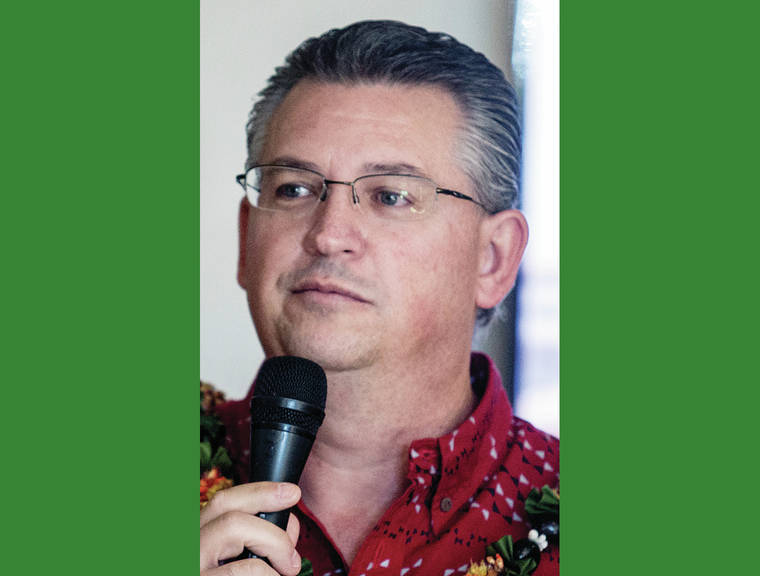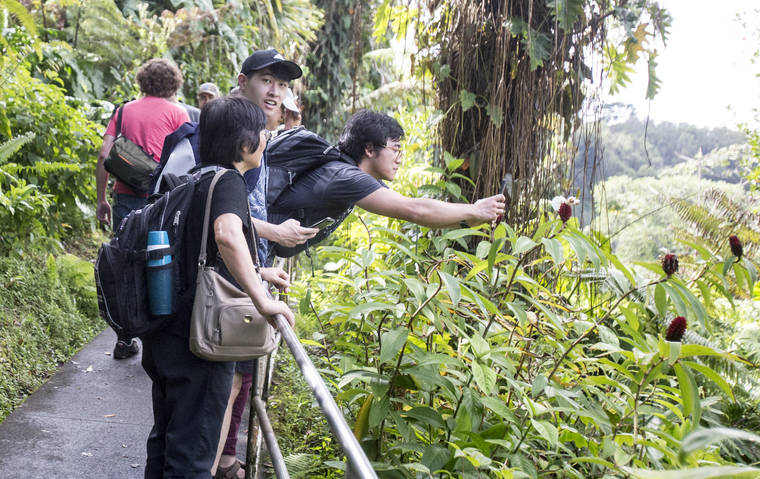As Hawaii prepares to loosen travel restrictions for out-of-state travelers in October, tourism officials are trying to determine how to advertise to a travel-fearful populace.
According to a Wednesday discussion by the Hawaii Tourism Authority Marketing Standing Committee, more than one-third of American travelers do not expect to travel by plane again until at least 2021, while only 42% of travelers think they will take a leisure trip in the next six months.
Nonetheless, the Hawaii Tourism Authority is working on crafting messages to allay travelers’ concerns and entice more visitors to return on and beyond Oct. 15, when the state will allow travelers to skip the current mandatory 14-day quarantine if they received a negative COVID-19 test from less than 72 hours before arrival.
The first key to this process is clearly communicating the state’s travel guidelines to potential travelers, said HTA President John De Fries during a Thursday meeting of the tourism agency’s board. While there are still open questions about how the lowered restrictions will work in practice, De Fries said the state is already disseminating messaging throughout the tourism industry explaining the terms of how to visit Hawaii — namely that travelers have to provide a negative COVID-19 test taken within 72 hours of arrival in order to not be quarantined.
According to a communication plan by the marketing committee, the state will begin a media blitz across social media and news outlets throughout the next two weeks, and begin hosting influencers and other media on Oct. 15.
Meanwhile, De Fries said, HTA will also push a campaign called “Malama Hawaii,” which urges visitors to care for the ecology and environment of the islands while they visit.
De Fries said because the absence of travelers during the pandemic allowed nature to reclaim certain tourist spots, Malama Hawaii will encourage visitors to consider the impact of their visit.
Ross Birch, executive director of the Island of Hawaii Visitors Bureau, said Malama Hawaii fits with a trend of “voluntourism,” where travel is paired with some form of community service. In fact, the description for the Malama Hawaii project suggests travelers who participate in voluntourism activities will be able to stay an extra day in the state at no cost.
While Gov. David Ige announced earlier this week that children younger than 12 will not be tested for COVID-19 and therefore not be able to avoid quarantine, Birch said he thinks families with young children will still be able to freely visit the state.
“I think we’ll have a chance to overcome that one,” Birch said, suggesting that individual counties might impose their own rules that supersede the state’s.
Email Michael Brestovansky at mbrestovansky@hawaiitribune-herald.com.









